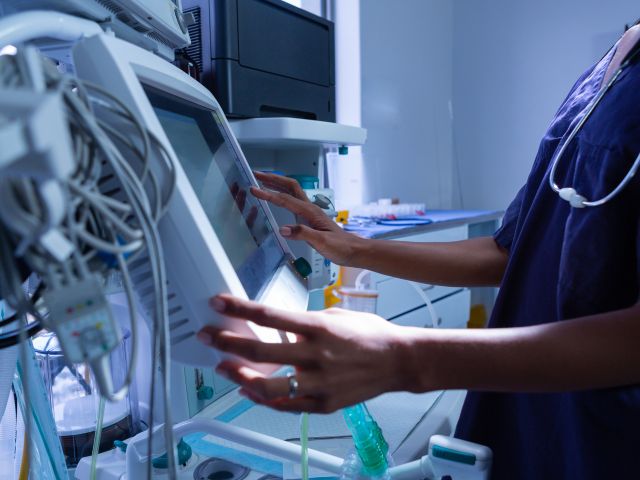
In the world of healthcare, medical equipment reliability is paramount. While most devices are certainly made to last, there will be times when this essential gear fails. Equipment malfunctions like these can disrupt healthcare delivery and even jeopardize patient safety if you’re not careful. If you’re seeking guidance on how to handle such incidents effectively, you’ve come to the right place. This article will walk you through what you should do if medical equipment fails.
First and foremost, prioritize the patient’s well-being. While the malfunction might have had zero direct effect on the patient, assessing the situation to determine if the equipment failure has impacted the patient’s condition is crucial. Remain calm and reassure the patient, providing any necessary support. Communication is key, so inform the patient about what happened and what steps you’re taking to resolve the issue. This not only helps ease their anxiety but also maintains trust in your care.
Once you’ve ensured the patient’s immediate safety, it’s time to address the equipment failure. Carefully remove the malfunctioning device from use to prevent further complications. If possible, replace it with a temporary alternative that can fulfill the same function. This step promotes continuity of care and minimizes treatment delays.
After securing a temporary solution and finishing up with your current patient, try to find the time to identify the cause of the equipment failure. Conduct a preliminary test on the device to determine the nature of the malfunction. This investigation can help you understand whether the issue is minor and easily fixable or if it requires more extensive attention. Having a basic understanding of the source of the issue will guide your next steps.
With the initial assessment complete, evaluate whether you can repair the equipment or if you need to replace it altogether. For example, if you’re deciding whether to repair or replace an ultrasound probe, you’ll need to weigh the benefits of each possibility. Regardless of the device in question, you go about this by considering the age of the device, availability of spare parts, and costs associated with repair versus replacement. Oftentimes, it is more cost-effective to invest in new equipment rather than continuously repairing an outdated device.
The final thing you should do if a piece of medical equipment fails is keep track of the specifics of this entire process. Accurate documentation is vital in healthcare settings, and this scenario is no exception. Record the entire incident, including the initial failure, patient impact, actions taken, and the resolution. Maintaining detailed records will help with troubleshooting similar issues in the future while also ensuring compliance with regulatory standards and internal quality control measures.
24World Media does not take any responsibility of the information you see on this page. The content this page contains is from independent third-party content provider. If you have any concerns regarding the content, please free to write us here: contact@24worldmedia.com